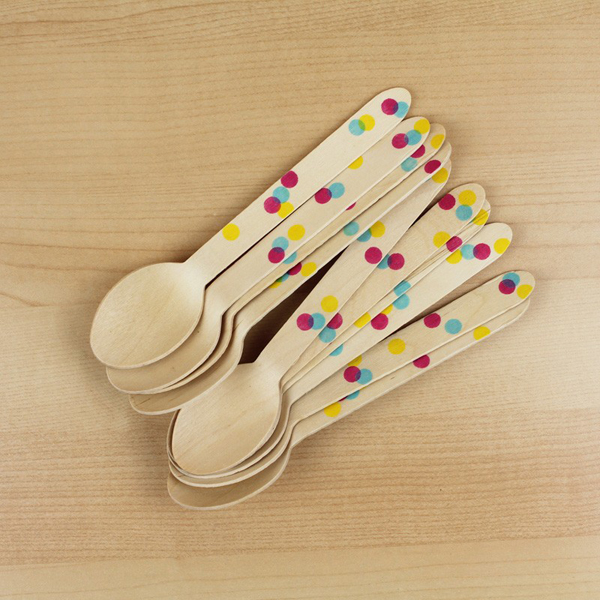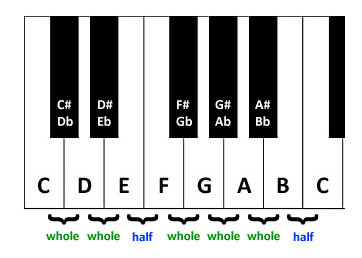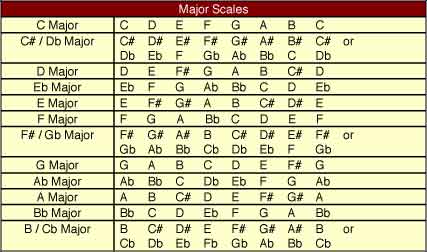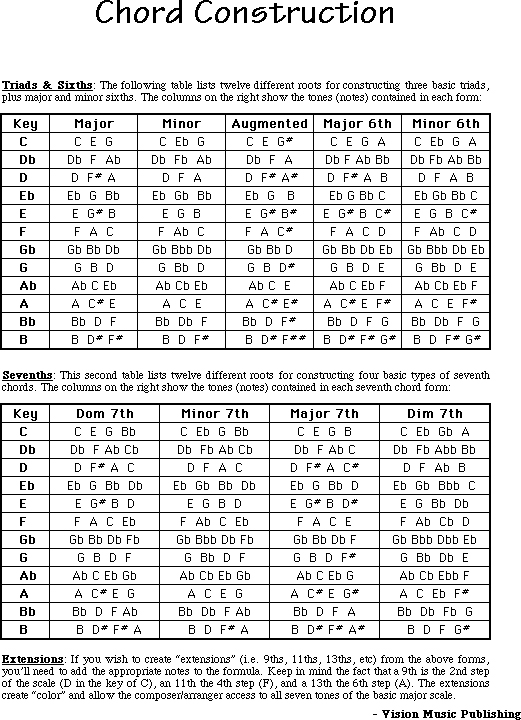31
Jan 14
Weekly Worthy List #13: From Mixolydian to Keys Obsidian
A teaspoon of theory and technique can give you a ton of expressive freedom!

The term music theory is one that has great polarizing effects on musicians. The two camps are pretty easy to identify: “I’ve been working on a lot of harmonic minor arpeggios and sweep picking techniques” and “I don’t bother with music theory, I don’t want it to mess up my playing.” I cannot really be assigned to either camp (honestly, my eyes roll when I hear people talking like this)…but the second statement probably has more inherent truth to it than the first one has value. If you don’t take time to at least become an accomplished Freshman in terms of your understanding of music theory, it’ll just confuse you and demoralize some of the positive steps you’ve already taken. Most of us took our first step, learned to swim, and learned to ride a bike, hey, you can do it. Chances are quite good that you know more about simple theory than you think you do. Do, a deer, a female deer…
1.) The Major Scale is The Holy Grail
How this scale thing works: The major scale is constructed in a very simple melodic way, and whether you know that you know it or not, YOU KNOW IT! Ever sung DO-RE-MI-FA-SO-LA-TI DO? Well, congratulations, you have sung a major scale! This arrangement of tones at intervals has had a broader effect on modern music (last 500 years) than just about anything. Here is a breakdown in the key of C:
The top line represents what is called the degree of the scale.
The middle line is the name of the note
The bottom line is the size of the interval…the distance between notes.

Every major scale follows the same pattern…whole tone, whole tone, half tone, whole tone, whole tone, whole tone, half tone, and half tone brings you back to the root tone. The root is always the tone you begin with and resolve with when following the scale from start to finish. In C the root is C and it is the first and eighth degree of the scale.

*For guitarists, the word tone can be synonymous with the word Step. A tone is a move of two frets and a half tone is a move of one fret.
2.) Chord construction:

Chords are groupings of notes, usually played together or in close proximity so that their harmonics bleed into each other. You already know this. But the way chords are named? Well, by the relationship that the notes they contain have with their major scale. Here are a couple of chord recipes, we’ll continue using C as the basis for our examples.
Major Chord: 1( C ) – 3 ( E ) – 5 ( G ) Minor Chord:1 ( C ) – d3 ( Ed ) – 5 ( G )
Dominant 7th Chord: 1 ( C ) – 3 ( E ) – 5 ( G ) – d7 ( Bd )
Minor 7 Chord: 1 ( C ) – d3 ( Ed ) – 5 ( G ) – d7 ( Bd )
Major 7 Chord: 1 ( C ) – 3 ( E ) – 5 ( G ) – 7 ( B )
Although this might seem like a lot to remember for 5 chords…the truth is, the numeric part (the degree) stays the same no matter what key. Every simple major chord is made of a 1 (root), 3, and a 5, every simple minor chord is made of a 1 (root), flatted 3, and a 5! The blueprint for chord types stays the same even as keys change. That simple!
3.) Chord Alterations (adding texture)
: A lot of times our chord vocabularies are developed through trial and error, improvisation, and just trying to learn a song we like. Personally, since I like a lot of different types of music, I have learned a lot of different types of chords and voicings.
I am no jazz guru, but if I bother to learn a chord, I usually learn it in a couple different positions and then I will raise a finger here, stretch a finger there, slide a finger over…etc…to see if I can come up with any worthwhile variations. Here are a few of my favorites…with a little recipe info included. Remember, while sometimes popular chords have been given names that don’t perfectly describe what they are and how they’re made, once you know the formula behind that name…it works all over the keyboard and fretboard.
Minor 9 chord
1 – d3 – 5 – d7 – 9
C – Ed – G – Bd – D
These chords have rich texture and really bring a lot of mood to the table.
Dominant 13 Chord (9 chord with a compound 6th)
1 – 3 – d7 – 9 (2) – 13 (6)
C- E – Bd – D – A
This is one of my go-tos, I usually use it as an unresolved chord that leads to the other unresolved chord which then resolves…phewee! Simple three chord example:
(1st resolve)
(2nd resolve)
(many names)
(optional, I like it’s ring)
*If you were to play this as simply D Major to G Major to C Major…it would sound terrific, albeit, less harmonically rich and complex.
This sequence plays really pretty and it has tension and release that can be crucial in melodic and harmonically satisfying music. There are a couple of chords here that you could call by multiple names, but the names here are accurate enough. If you are playing piano, feel free to arrange the lower note in whatever order is most pleasing to you. If you are a guitar player, all of these chords were played based on the 3rd and 5th frets. If you are a bass player, record this using a keyboard or guitar and see which notes you have license to play through these changes, the harmonic possibilities are there for the playing! If you are a drummer…put the symbol in your cymbals for these changes…paint a landscape!
While this Weekly Worthy isn’t geared for absolute beginners and they are common knowledge to most classical and jazz folk, for the person out there that just struggles sometimes with opening that jar of options and harmonic complexities…heck, simplicities, maybe this will help. At the very least…I showed you a cool chord sequence! Next week: Chord Progressions and The modes of the Major scale! Good luck and good day to you!
When he’s not enjoying fishing, road testing cables with his band, or fielding musical/instrument cable questions over the phone/e-mail, Michael handles operations and purchasing and is simply loving life. You can also follow Michael on Twitter  !
!

